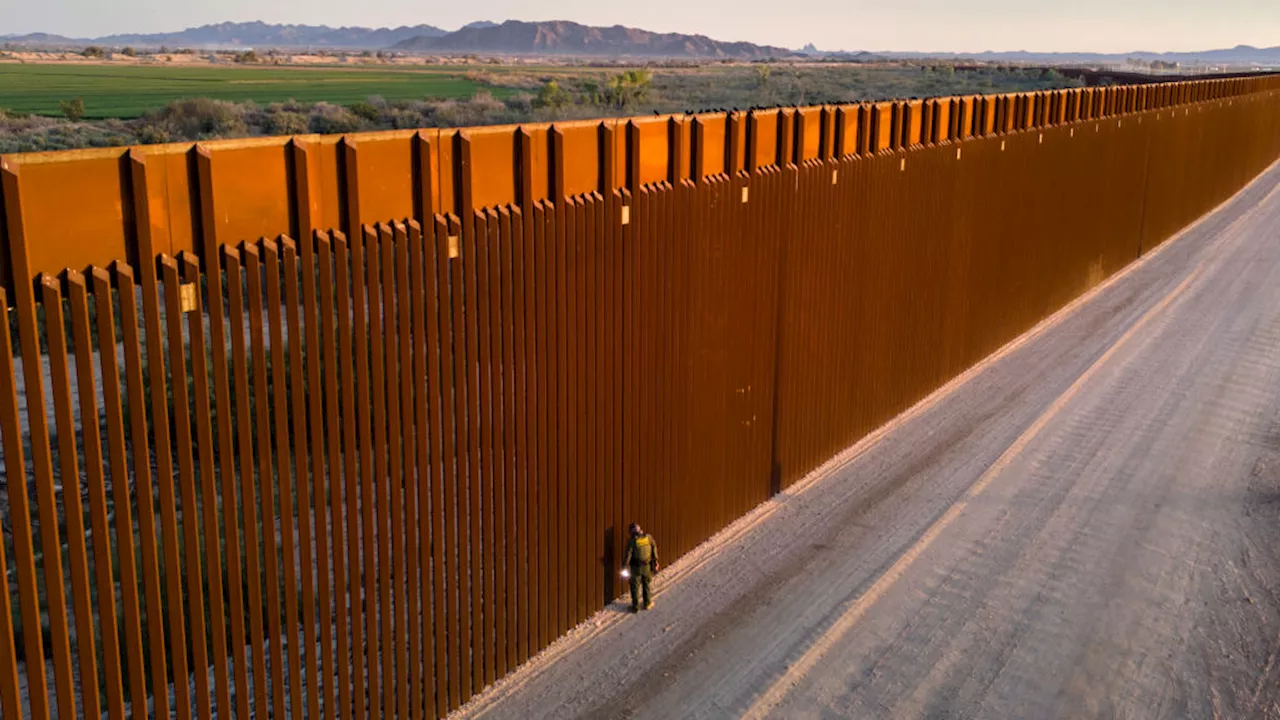President Trump is deploying as many as 1,500 active duty troops to the U.S.-Mexico border to bolster security efforts. This deployment signifies a potential escalation in border security measures and raises questions about the potential role of the military in civilian law enforcement.
The White House confirmed on Wednesday that as many as 1,500 active duty troops will be deployed to help secure the southern border in the coming days. Acting Defense Secretary Robert Salesses was expected to sign the deployment orders on Wednesday, but the specific troops and the total number could fluctuate. It remains unclear if they will be involved in law enforcement, which would mark a significant shift in the role of American troops for the first time in decades.
Karoline Leavitt, White House press secretary, stated, “This is something President Trump campaigned on. The American people have been waiting for such a time as this -- for our Department of Defense to actually implement homeland security seriously. This is a No. 1 priority for the American people.” The active duty forces will join the roughly 2,500 U.S. National Guard and Reserve forces already deployed along the border. Currently, there are no active duty troops working along the approximately 2,000-mile border. Troops are expected to support Border Patrol agents with logistics, transportation, and construction of barriers, according to anonymous U.S. officials. Troops have previously performed similar duties during deployments under both President Trump and former President Joe Biden. Troops are generally prohibited from law enforcement activities under the Posse Comitatus Act, but this could potentially change. Trump, through an executive order, directed the incoming defense secretary and homeland security chief to report within 90 days on whether the 1807 Insurrection Act should be invoked. If invoked, the act would allow troops to be used in civilian law enforcement within the United States. The last time the act was invoked was in 1992 during the Los Angeles riots following the acquittal of police officers charged in the beating of Rodney King.This deployment, anticipated in Trump’s first week in office, is an early step in his long-promised plan to increase military presence along the border. In one of his first orders on Monday, Trump instructed the defense secretary to develop a plan to “seal the borders” and repel “unlawful mass migration.” On Tuesday, coinciding with Trump’s dismissal of Coast Guard commandant Adm. Linda Fagan, the service announced it was deploying more cutter ships, aircraft, and personnel to the “Gulf of America” — a reference to the president’s directive to rename the Gulf of Mexico.Trump, during his inaugural address on Monday, stated, “I will declare a national emergency at our southern border. All illegal entry will immediately be halted, and we will begin the process of returning millions and millions of criminal aliens back to the places in which they came.” Mexican President Claudia Sheinbaum responded sarcastically to U.S. President-elect Donald Trump’s proposal to rename the Gulf of Mexico as the Gulf of America. Military personnel have been deployed to the border almost continuously since the 1990s to address migration, drug trafficking, and transnational crime. In executive orders signed on Monday, Trump suggested the military would assist the Department of Homeland Security with “detention space, transportation (including aircraft), and other logistics services.” There are roughly 20,000 Border Patrol agents, and while the southern border is their primary area of responsibility, they are also tasked with protecting the northern border with Canada. Border Patrol agents typically focus on apprehending drug smugglers or individuals attempting to enter the country illegally. However, recently, they have been dealing with an influx of migrants actively seeking out Border Patrol for refuge in America, which has strained agency resources. During his first term, Trump ordered active duty troops to the border in 2018 in response to a caravan of migrants traveling through Mexico towards the United States. More than 7,000 active duty troops were deployed to Texas, Arizona, and California, including military police, an assault helicopter battalion, and various communication, medical, and headquarters units, combat engineers, planners, and public affairs units.At the time, the Pentagon categorically stated that active duty troops would not engage in law enforcement. Consequently, they primarily assisted Border Patrol agents by transporting them to and along the border, helping erect additional vehicle barriers and fencing, providing communication support, and offering security for border agent camps. The military also provided medical care, pre-packaged meals, and temporary housing for Border Patrol agents. It remains unclear if the Trump administration will authorize the military to utilize bases for housing detained migrants
Border Security Military Deployment Donald Trump President Trump Southern Border Posse Comitatus Act Insurrection Act
United States Latest News, United States Headlines
Similar News:You can also read news stories similar to this one that we have collected from other news sources.
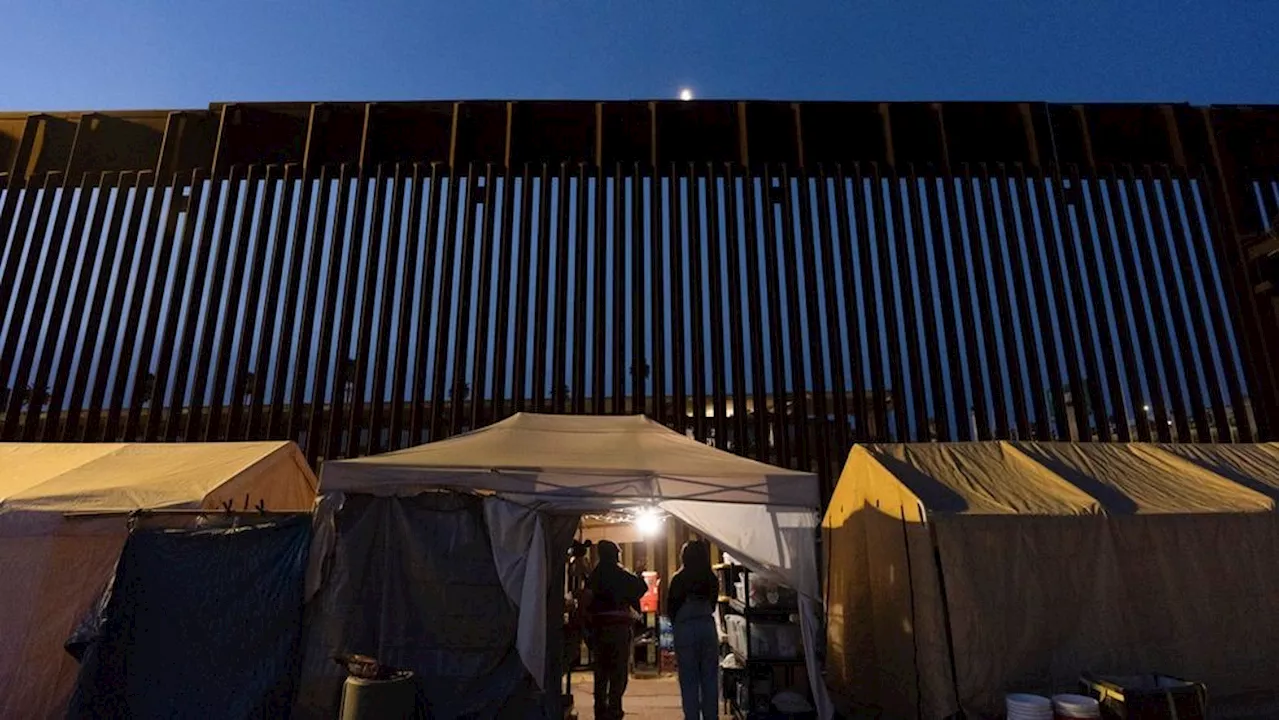 Trump Deploys 1,500 Troops to Southern BorderPresident Donald Trump is deploying 1,500 active duty troops to the US-Mexico border, marking an escalation in his efforts to secure the border. The deployment is in line with Trump's campaign promises and executive orders, and aims to support border patrol agents with logistics, transportation, and barrier construction. The legality of troops conducting law enforcement activities remains unclear, with the possibility of invoking the Insurrection Act to allow for such actions.
Trump Deploys 1,500 Troops to Southern BorderPresident Donald Trump is deploying 1,500 active duty troops to the US-Mexico border, marking an escalation in his efforts to secure the border. The deployment is in line with Trump's campaign promises and executive orders, and aims to support border patrol agents with logistics, transportation, and barrier construction. The legality of troops conducting law enforcement activities remains unclear, with the possibility of invoking the Insurrection Act to allow for such actions.
Read more »
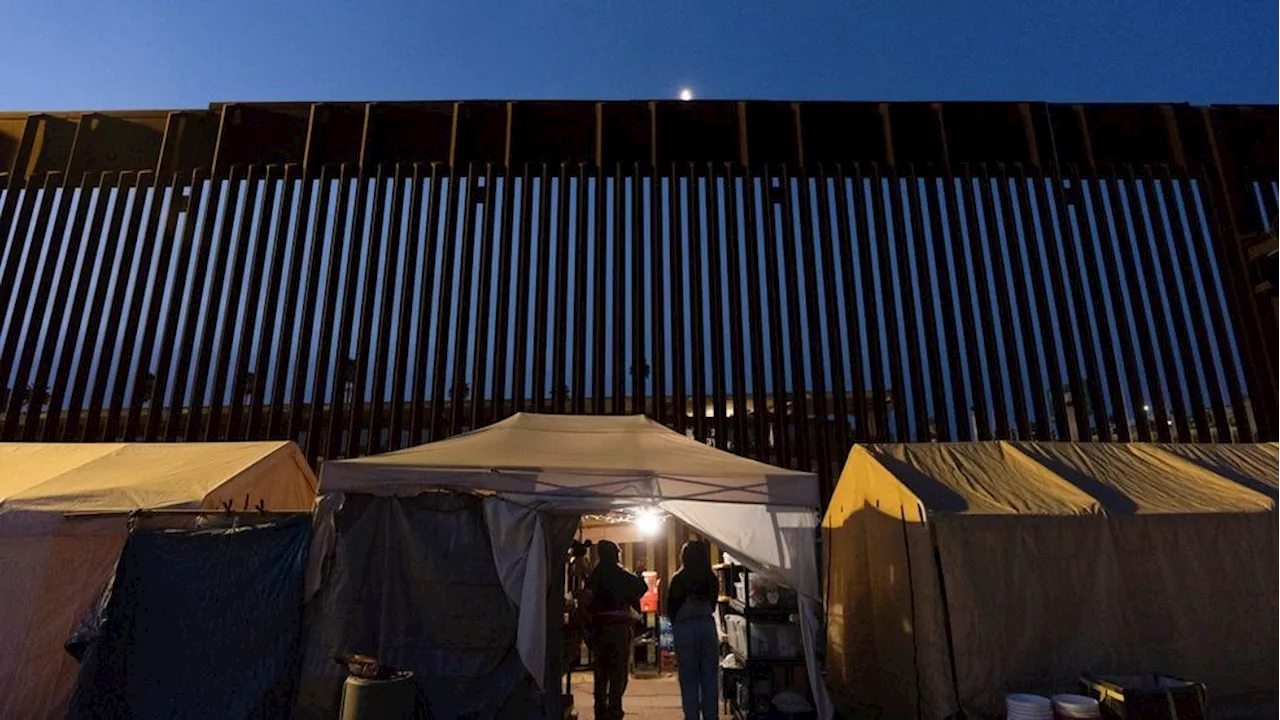 Trump Deploys Troops to Border, Raising Questions About Military's Role in Immigration EnforcementPresident Trump is deploying up to 1,500 active-duty troops to the US-Mexico border, marking a significant escalation in his efforts to control immigration. The deployment raises concerns about the potential for military involvement in law enforcement activities and the implications for civil liberties.
Trump Deploys Troops to Border, Raising Questions About Military's Role in Immigration EnforcementPresident Trump is deploying up to 1,500 active-duty troops to the US-Mexico border, marking a significant escalation in his efforts to control immigration. The deployment raises concerns about the potential for military involvement in law enforcement activities and the implications for civil liberties.
Read more »
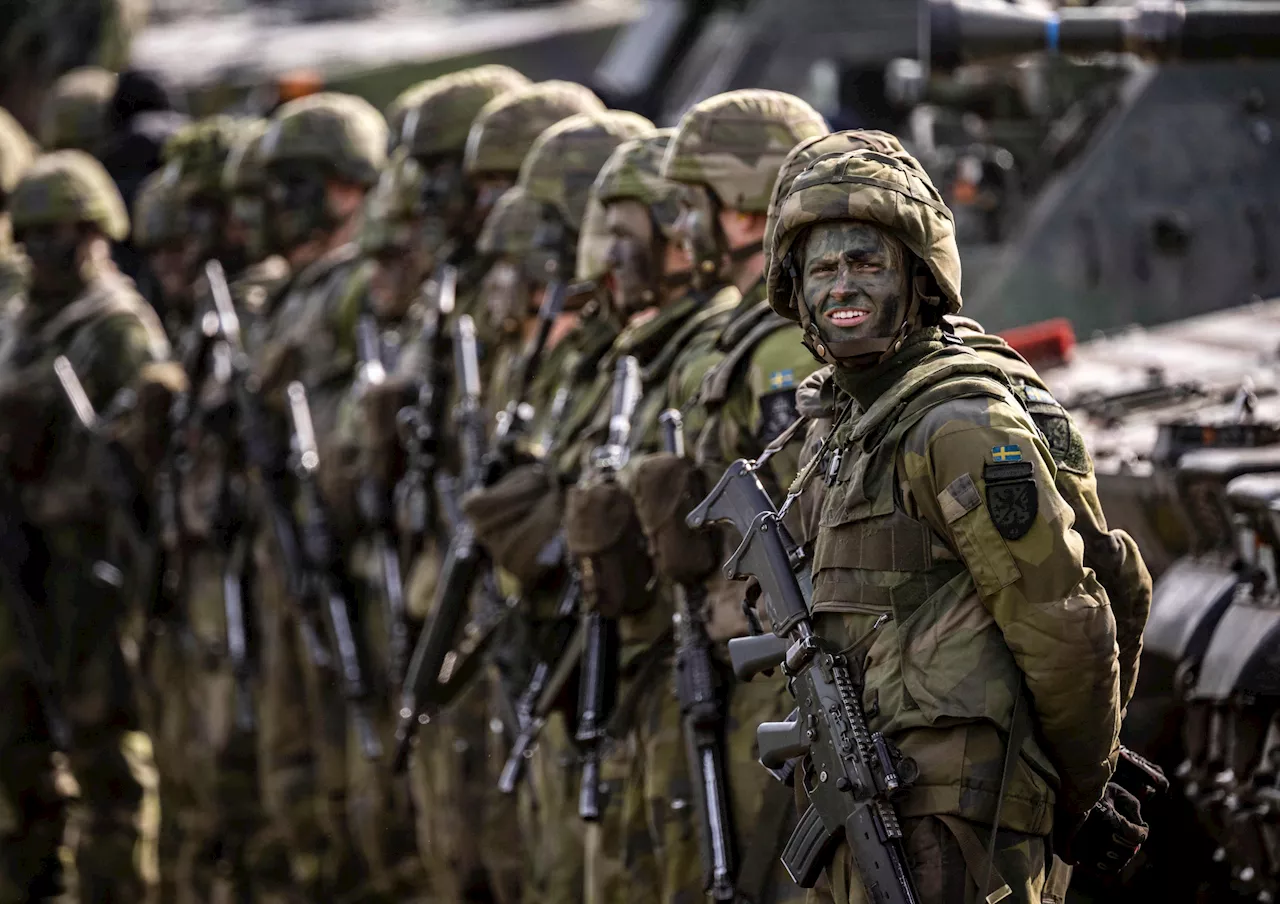 Sweden Deploys Troops to Latvia for NATO MissionSweden strengthens its commitment to NATO by sending over 500 troops to Latvia, marking the country's largest deployment since joining the alliance. This move aims to bolster the eastern flank bordering Russia in response to heightened security concerns following the invasion of Ukraine.
Sweden Deploys Troops to Latvia for NATO MissionSweden strengthens its commitment to NATO by sending over 500 troops to Latvia, marking the country's largest deployment since joining the alliance. This move aims to bolster the eastern flank bordering Russia in response to heightened security concerns following the invasion of Ukraine.
Read more »
 Southern takes on Texas Southern, seeks to stop 4-game slideSouthern aims to end its four-game losing streak when the Jaguars take on Texas Southern. The teams square off Saturday for the first time this season. Texas Southern is 0-0 against the SWAC, and Southern is 0-0 against conference opponents.
Southern takes on Texas Southern, seeks to stop 4-game slideSouthern aims to end its four-game losing streak when the Jaguars take on Texas Southern. The teams square off Saturday for the first time this season. Texas Southern is 0-0 against the SWAC, and Southern is 0-0 against conference opponents.
Read more »
Texas Southern Lady Tigers Rally Past Southern JaguarsThe Texas Southern Lady Tigers defeated the Southern Lady Jaguars 55-51 in a thrilling comeback victory. Trailing by 15 points at the end of the third quarter, Texas Southern outscored Southern 27-12 in the final frame thanks to strong performances from Treasure Thompson and Aylaisia Fantroy. Thompson led the charge with 12 points, while Fantroy added another 12.
Read more »
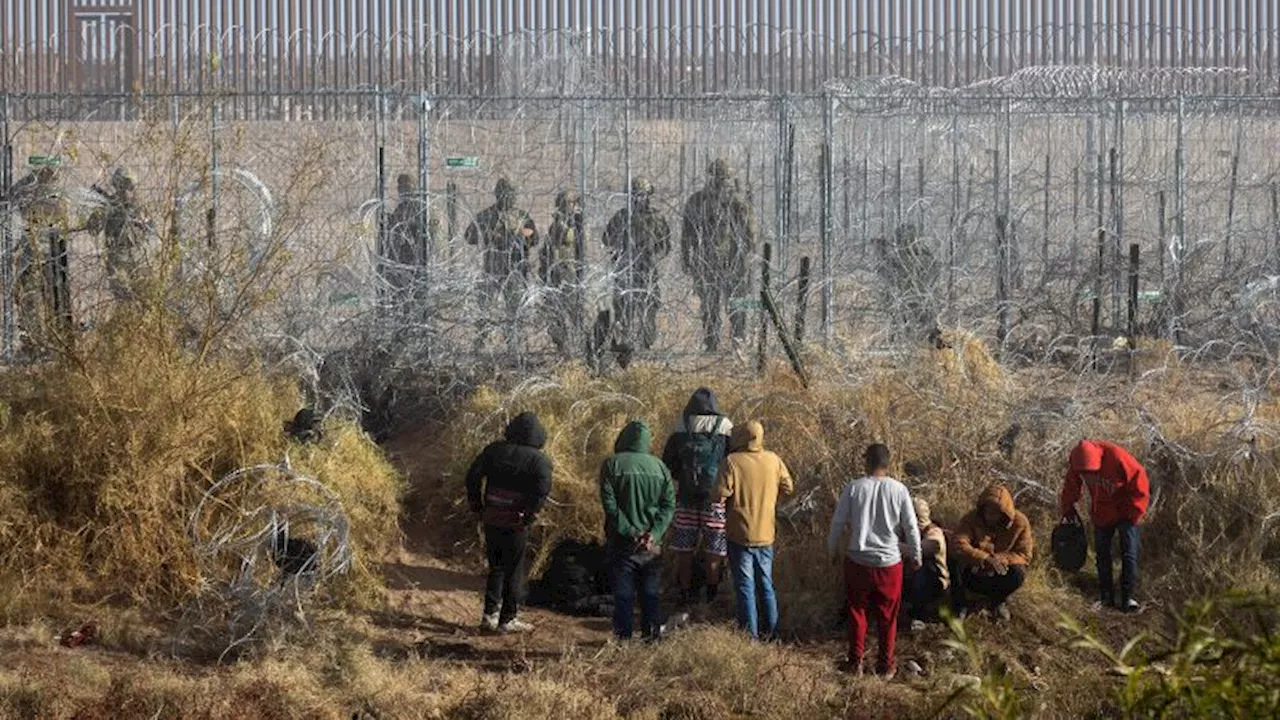 US military ordering thousands more troops to southern borderThousands of additional active duty US troops are being ordered to the southern US border with Mexico, just two days after President Donald Trump mandated that the US military step up its presence there, according to officials familiar with the matter.
US military ordering thousands more troops to southern borderThousands of additional active duty US troops are being ordered to the southern US border with Mexico, just two days after President Donald Trump mandated that the US military step up its presence there, according to officials familiar with the matter.
Read more »
